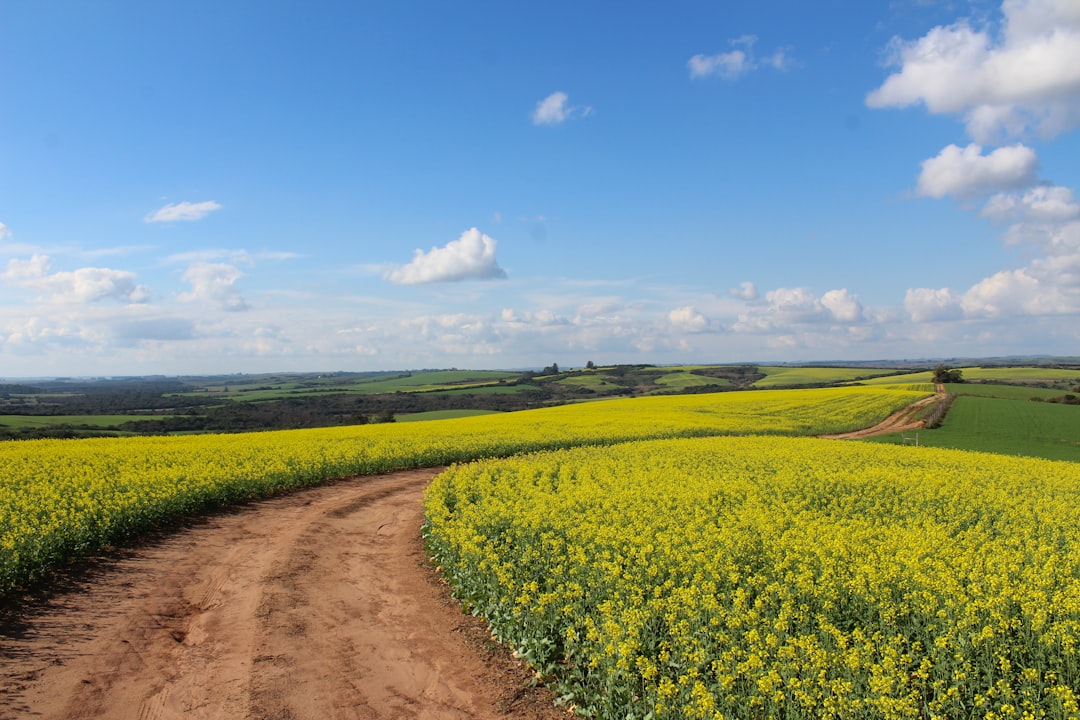Day 2 of Wheat Academy
I recap the final day of Wheat Academy

Yesterday was the final day of Wheat Academy in Pullman, Washington.
In the first session I learned more than I ever wanted to know about bugs that can damage a wheat field. When I was a teenager growing up in SE Washington, it was my job to scout the fields for bugs, primarily in the pea field.
The two key bugs that I scouted for were aphids and pea weevils. If I found weevils, then my dad would call in a plane to spray the field. In scouting the field, you had to make sure to not just do the edges of the field since that is where the bugs usually came from first. If you only found a bug there and nothing else in the rest of the field, you would continue to check until to see if they moved further into the field.
I found it fun to scout the field, however, peas back then were a lot more “grabby” than peas are these days. There were several times where I either face planted in the field or came close. I also moved sprinkler pipe for my uncle a few years in a pea field. I definitely face planted a time or two in those fields for sure and left my irrigation boots stuck in the field. That was never fun.
The second class dealt with soil health. Soil health is a combination of good nutrients, good drainage and organic matter. However, there really is no good current determination of what soil health is and how to measure it.
In the Pacific Northwest, we have spent decades of using no-till. Growing up we used to plow the fields and then we switched over to using a chisel plow and now most growers do some type of no-till or minimum tillage.
This prevents erosion and puts more organic matter back into the soil which you would think creates good soil. However, this has led to PHs dropping from the optimum level of about 6.5 to 5 or lower. Also, more carbon is released from the soil using no-till, but the offsetting benefit of less use of fossil fuels in doing tillage more than offsets this process.
Part of the class was spent doing a POX-C (permanganate oxidizable carbon) test. This test determines the amount of “active carbon” in the soil. You take a soil sample, add water and a reactive agent, mix for two minutes, let it stand for 8 minutes and then put some into distilled water. The color of the resulting mixture determines the amount of active carbon which leads to decomposition and nutrient cycling. The darker purple the color is the less carbon you have. I felt like I was back in science class at college.
Finally, my last session dealt with using soil sampling to help determine the proper amount of nutrients to apply. The key to using soil sampling is to be consistent. Do the sampling in the same part of the field, at the same time of year, and use the same lab for your results.
At our table, I had a farmer from Pomeroy, Washington and we actually looked at one of his reports to determine what areas might need some help. We also had four sample soil tests that we reviewed in class.
We discussed how Zinc, Copper, Boron, and Chloride all help the wheat plant be more productive and many labs do not test for these micro-nutrients unless you ask for it.
Excess of one nutrient can be a detriment to other nutrients. Here are some of those issues:
Excess N can limit K, Ca, Cu, Zn, B
Excess P can limit Zn, Cu, Fe, Mn
Excess K can limit N, Ca, Md, B
Excess Mg can limit Ca, K
The key is feed the soil, and the soil will feed the plants. A foliar application may not be as effective versus putting the nutrient directly into the soil, since the wheat plant gets most of its nutrients from the roots in the soil, not from the leaf’s, etc.
All-in-all, I learned a lot from the Wheat Academy and am glad I went (other than the weather being a bit cold and dreary - too much fog in the PNW this time of year). I may wait a couple of years and attend it again.


